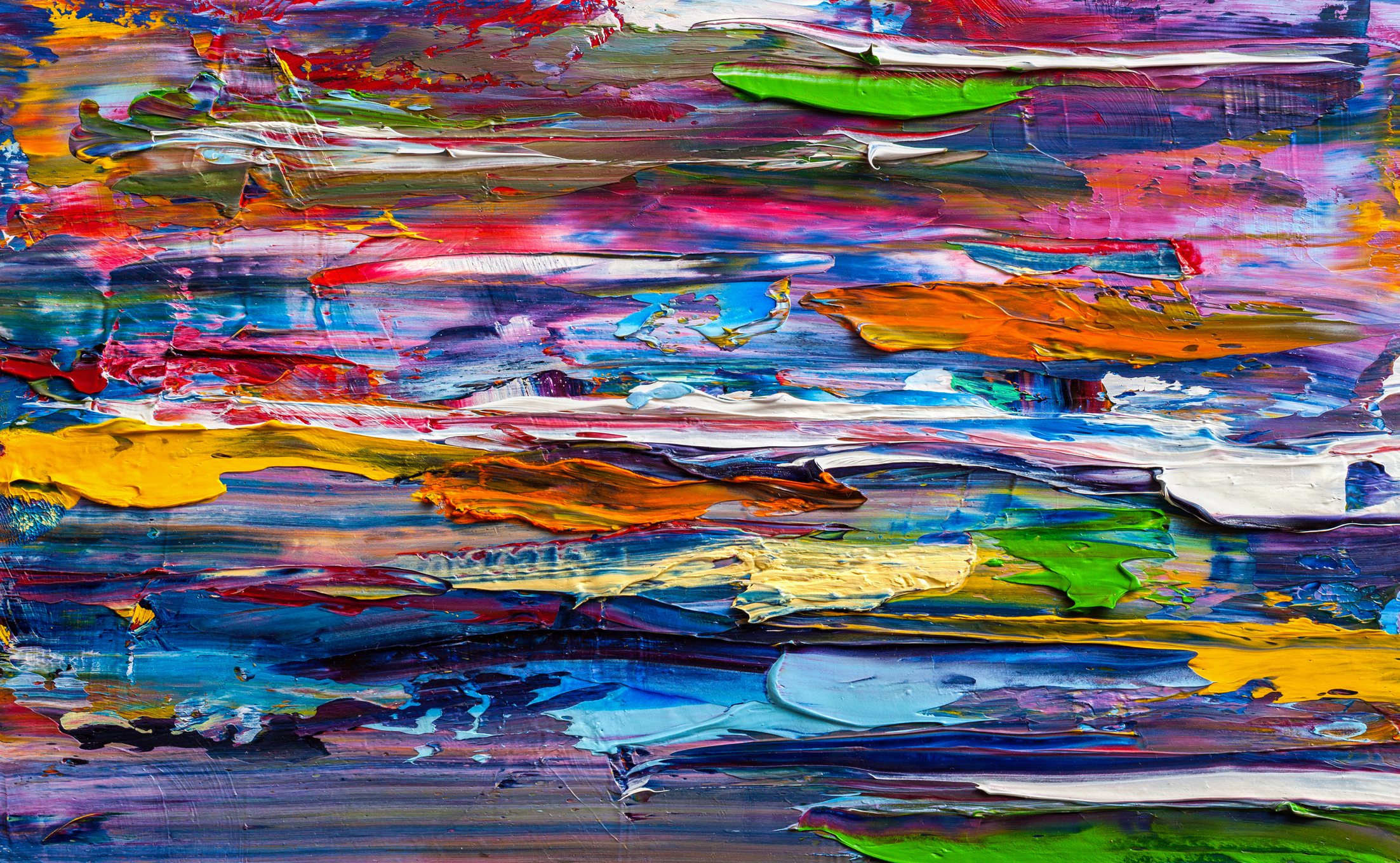
The surprising chemistry of wine
How does a simple grape transform into the "nectar of the gods"? The power of chemistry begins long before the harvest. And it’s not all about the fruit.

Surprise in a bottle
Wine is a remarkably complex chemical mixture, with each bottle containing thousands of different molecules, creating a vast palette of aromas and flavours.
Regardless of price, most of these "nectars of the gods" – it was Dionysus, according to Greek mythology, who taught humans how to make wine – consist of around 98% water and ethanol.
It’s within the remaining 2% of compounds that chemistry works its magic. This small percentage, which includes acids, sugars, volatile flavour compounds, aroma and colour compounds, and tannins, is influenced by many factors beyond just the type of grape used.
It all starts with the soil type and climate, but the harvest time, processing methods, fermentation period, and storage techniques also play a crucial role. The result is highly variable, although some components can be controlled.

The sweet contribution of grapes
According to Greek mythology – which the Romans mirrored by naming their god of wine Bacchus – Dionysus enjoyed the taste of the first grapes so much that he wanted to save some for later. Over time, they fermented and turned into liquid. Though without divine intervention, it was humanity’s understanding of the fermentation process that enabled Ancient Greece to become the first culture with professionalised wine production and the creation of designations of origin - geographical regions that define a wine’s distinctive characteristics.
While more than 10,000 grape varieties are used in wine production, the chemical profile of the fruit is also shaped by factors such as the amount of light and water it receives, the speed at which it ripens, and the physical and chemical characteristics of the land on which it’s grown. This means that even within a single vineyard, the same grape variety can have a different composition.
As a general rule, cooler regions produce wines with a subtler flavour, as grapes ripen more slowly, resulting in lower sugar content and greater natural acidity. In warmer climates, the grapes ripen faster and longer, chemically resulting in higher natural sugar levels and, consequently, more alcohol.
By harvest time, these variations are evident in the grape’s composition: 70-85% water, 18-30% glucose and fructose (sugars), 0.3-1.5% acids (tartaric and malic), less than 1% proteins and amino acids, with polyphenols, flavonols, vitamins, minerals, and tannins, among other compounds. It’s a chemical cocktail that makes all the difference.

The evolution of flavours and aromas
Wine is one of those products where variety is a welcome feature. Reds from colder regions tend to have more acidic flavours, such as raspberry, cherry, or redcurrant, while warmer climates can produce bouquets dominated by notes of plum, blackberry, pepper, and chocolate. However, most of the flavour molecules, as well as the final colour and aromas, form not in the grape itself but during fermentation and storage.
The different types of yeast naturally present on the grapes affect the fermentation process – the biochemical transformation of sugars into alcohol and hundreds of other chemical compounds that contribute to flavour. That said, commercial yeasts are often added to speed up fermentation and to control the style and quality of the wine.
The flavours and aromas that come from the grape or the wooden barrels used for ageing don’t mean the wine actually contains chocolate, pepper, blackberries, or raspberries. Instead, the drink contains some of the same molecules, or similar combinations to those familiar smells, so our brains associate the aromas and flavours with known references.
Fruity notes, for example, can come from compounds called esters, produced by yeast, while buttery flavours arise from diacetyl, a compound formed during the natural microbial activity of winemaking. Vanilla notes often come from oak ageing, where the chemicals in the wood are absorbed into the wine. Barrel storage can also alter or enhance the wine’s flavour by allowing small amounts of oxygen to interact with the liquid, sparking further chemical changes.

The winemaker's magic
Identifying the flavour and aroma molecules in wine is no easy task, given their vast number and the fact that these volatile compounds are often present in minute quantities. Nonetheless, some people have remarkably sensitive noses – a valuable gift for winemakers and sommeliers – and can detect these compounds even when present at concentrations as low as one part per billion.
While wine production is often associated with a rich tradition dating back centuries, scientific advances in our understanding of the chemical reactions that occur in grapes and wine have allowed winemaking techniques to evolve, enabling the creation of new and improved products. For example, while it’s well known that the timing of the harvest affects alcohol and sugar levels, research has uncovered many more details.
One such study by the Australian Wine Research Institute sought to understand why Syrah grapes from cool climates produce a wine with a black pepper flavour. They discovered that the concentration of the compound rotundone increases as the grape matures. This has practical implications for winemakers, who can now decide when to harvest based on how “spicy” they want their wine to be.
Other decisions, such as how the grapes are crushed, also affect the wine’s profile. Since most of the bitter components are found in the seeds and stems, removing the stems or carefully crushing the seeds to avoid breaking them can prevent bitterness in the wine.
However, the experience of savouring such a complex drink isn’t all about science.
The consumer brings their personal taste and preferences into play, contributing to the experience by pairing the wine with food. Every tasting is a unique and unrepeatable chemical encounter.








